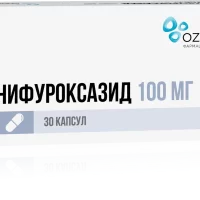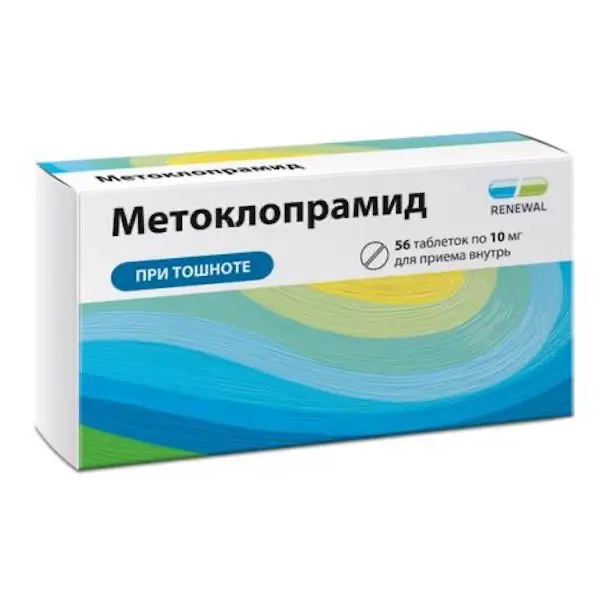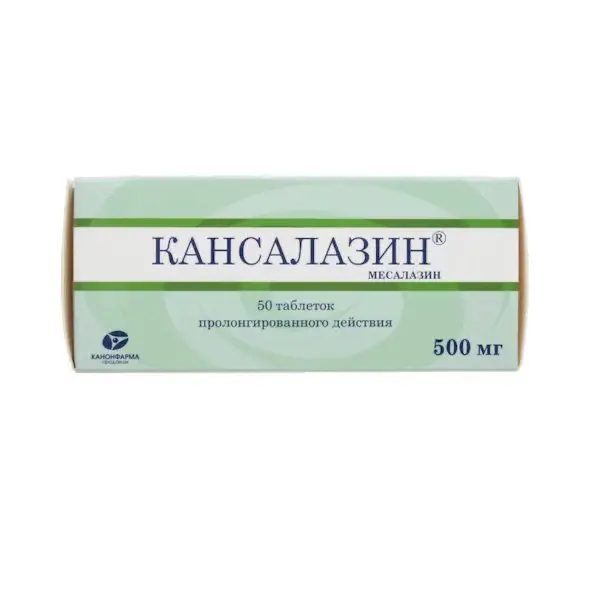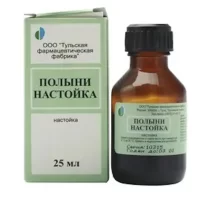Description
Granisetron Pharmacodynamics
Granisetron is a selective antagonist of serotonin (5-hydroxytryptamine) 5-NTZ receptors located at the endings of the vagus nerve and at the trigger zone of brain ventricle IV (practically has no effect on other serotonin receptors), with a pronounced prohyvoretic effect. Has negligible affinity for other types of receptors, including other types of serotonin receptors and Dj-dopamine receptors. It eliminates vomiting that occurs when the parasympathetic nervous system is agitated by the release of serotonin by enterochromaffin cells.
Granisetron eliminates nausea and vomiting caused by cytotoxic chemotherapy, radiation therapy, and postoperative nausea and vomiting.
It does not affect the plasma concentrations of propacgin and aldosterone.
Granisetron blocks potassium hERG channels of the heart, affecting myocardial repolarization. On the electrocardiogram (ECG) it is manifested by changes in PR, QRS and especially by prolongation of the QT interval.
It has no mutagenic effect in vivo and in vitro. When administered in high doses for life, it increases the risk of hepatocepluvian tumors in animals.
Indications
– Prevention and therapy of nausea and vomiting during cytosgotic chemotherapy in adults and children over 2 years old;
– Prevention and therapy of nausea and vomiting during radiation therapy in adults;
– Therapy of postoperative nausea and vomiting in adults.
Contraindications
– Hypersensitivity to granisetron or any of the drug components;
– history of hypersensitivity reactions to other selective serotonin 5-NTZ-receptor antagonists;
– Breast-feeding period;
– children under 2 years of age (data on efficacy and safety are not available).
Dosage and administration method
- Intravenously.
- Standard dosing regimen
- Adults
Cytostatic chemotherapy (prophylaxis) Patients with body weight over 50 kg: 3 mg/3 ml diluted in 20-50 ml infusion solution and administered within 5 minutes before cytostatic chemotherapy; 3 mg/3 ml can also be given bopuously (within 30 seconds). - Patients with a body weight less than 50 kg: 20-40 µg/kg; infusion should be finished before the start of cytosgotic chemotherapy.
- In clinical trials, it has been shown that only one dose of the drug was needed to control nausea and vomiting for 24 hours in most patients.
- Radiation therapy (prophylaxis)
The dosing regimen is similar to that described in “Cytostatic chemotherapy (prophylaxis).” Cytostatic chemotherapy and radiation therapy (therapy)
A small number of patients may experience uncontrollable vomiting and severe nausea. If necessary, 2 additional infusions (5 minutes each), each at a dose of no more than 3 mg (3 ml), may be given at least 10 minutes apart over a 24-hour period. The maximum daily dose should not exceed 9 mg. - Postoperative nausea and vomiting (therapy) Once 1 mg (1 mL) slowly (at least 30 seconds). There is experience with the use of granisetron-based preparations in doses up to 3 mg (3 mL) in patients who have undergone elective surgery under anesthesia.
Patients receiving infusions of Granice-Tron may be prescribed granisetron tablets after elimination of nausea and vomiting with the aim of their prevention. - Special dosing regimen
- Children
- Cytostatic chemotherapy (prophylaxis) Single infusion at a dose of 20 mcg/kg in 10-30 ml of appropriate infusion solution for 5 minutes, before cytostatic therapy. Cytostatic chemotherapy (therapy)
- No more than 2 additional infusions (within 5 minutes), each dose 20 mcg/kg, at least 10 minutes apart. Maximum daily dose should not exceed 60 mcg/kg.
Postoperative nausea and vomiting (prevention and therapy)
There is insufficient data to recommend the use of granisetron for the prevention and treatment of postoperative nausea and vomiting in children. - Radiation therapy (prophylaxis and therapy) There is insufficient data to recommend the use of granisetron for the prevention and treatment of nausea and vomiting during radiation therapy in children. Patients with renal or hepatic impairment, elderly patients No dose adjustment is required.
- Instructions for solution preparation The following infusion solutions are used to prepare Granisegron solution for intravenous drops administration: 0.9% sodium chloride solution, 0.18% sodium chloride solution and 4% dextrose solution, 5% dextrose solution, Hartman solution, sodium lactate solution or mannitol solution. The use of other solutions is not allowed.
- For single administration only.
Use only a clear solution free of mechanical impurities.
Dilute the drug immediately after opening the ampoule. - Prepared drug solution before injection should be checked for the absence of mechanical inclusions.
It is allowed to administer the drug intravenously without dilution. - All remaining solution and waste after use should be disposed in the prescribed manner.





